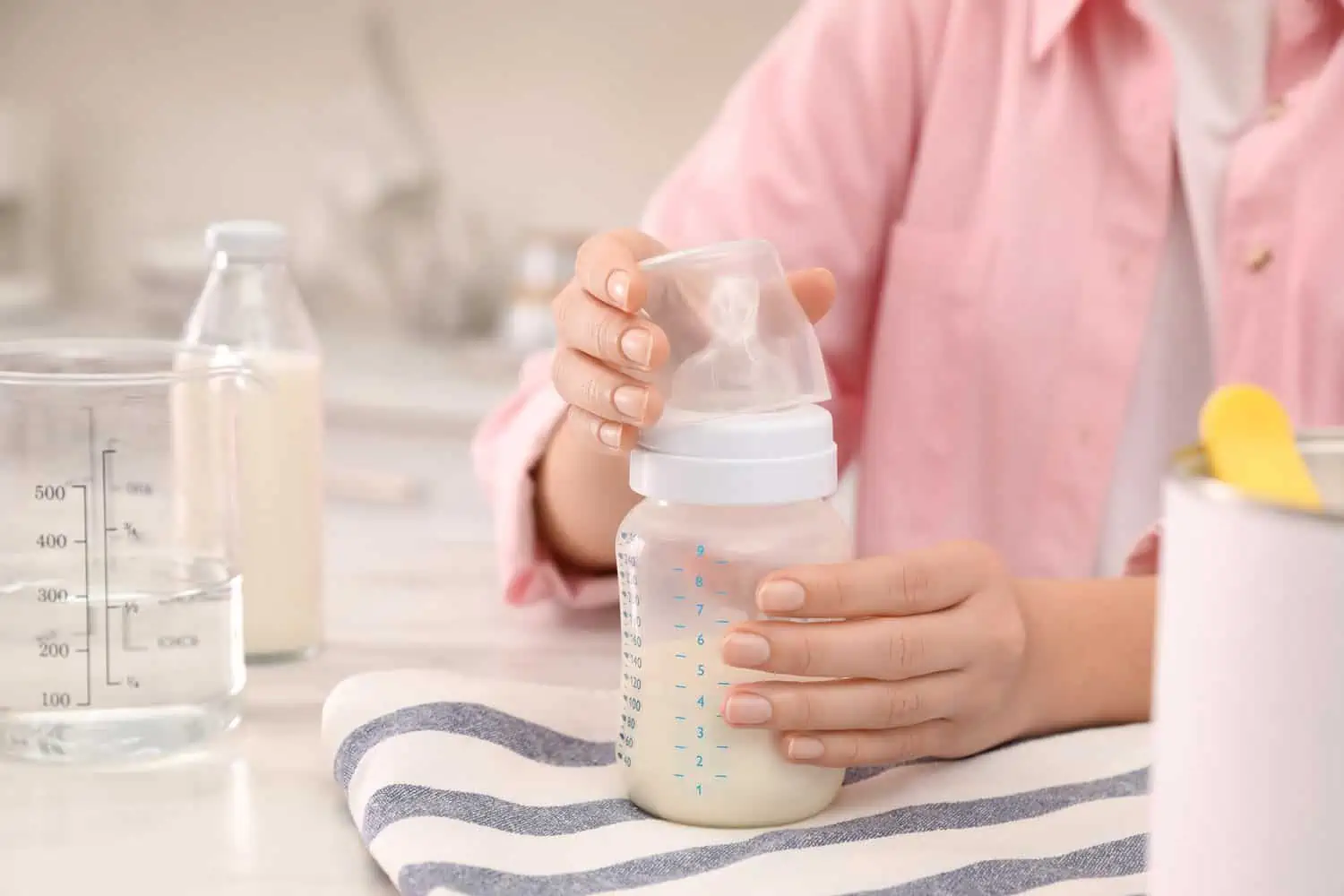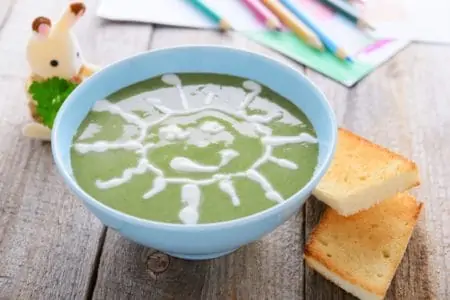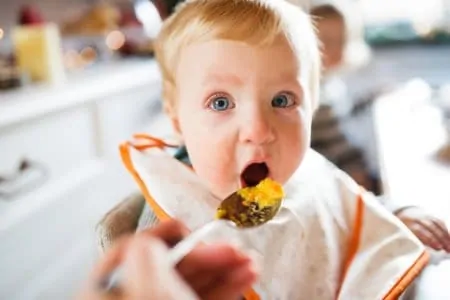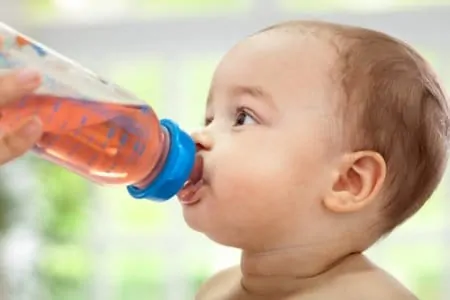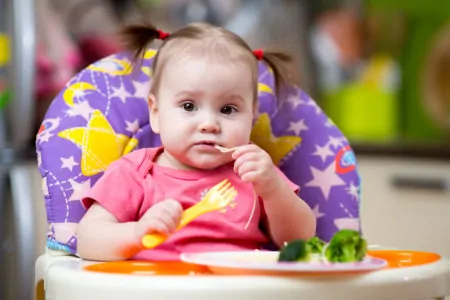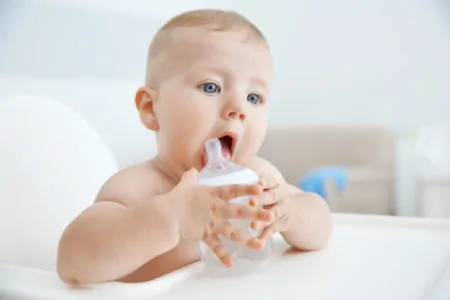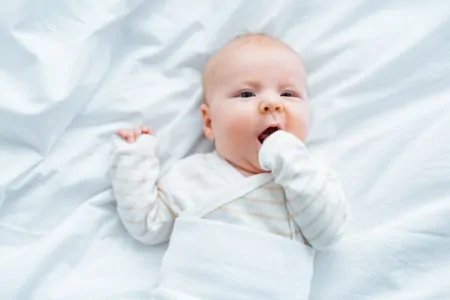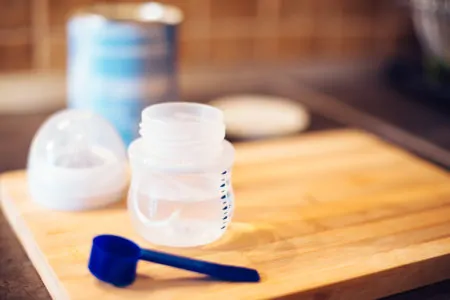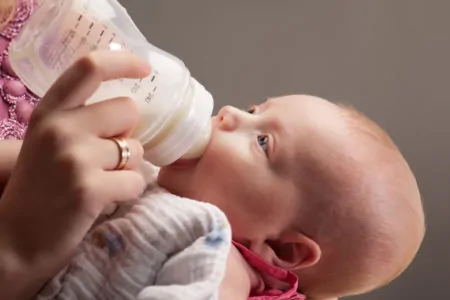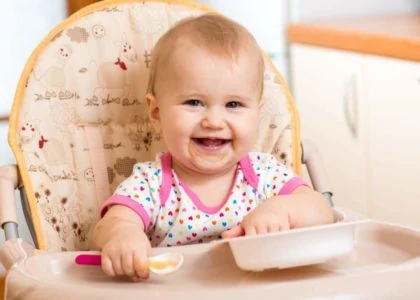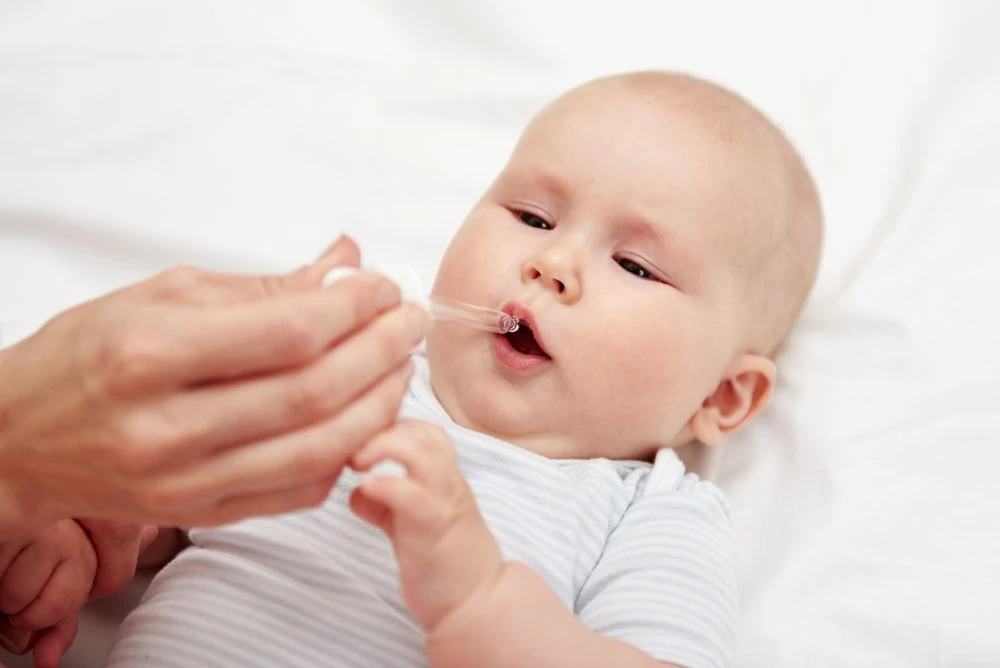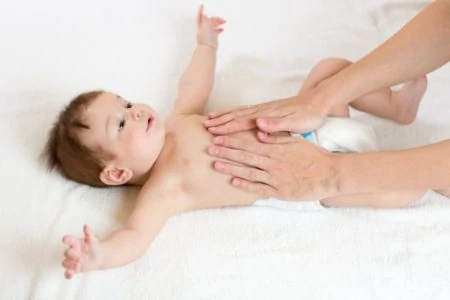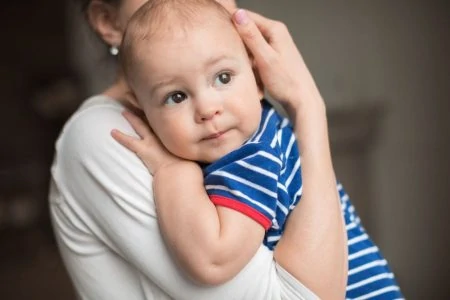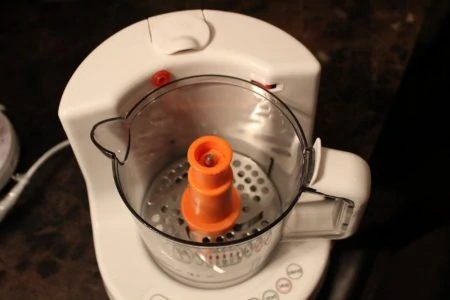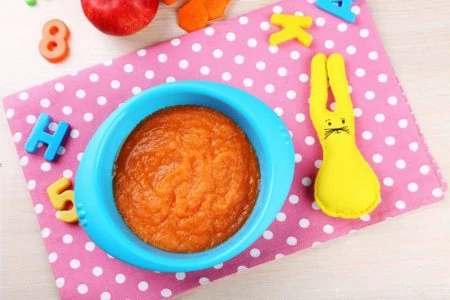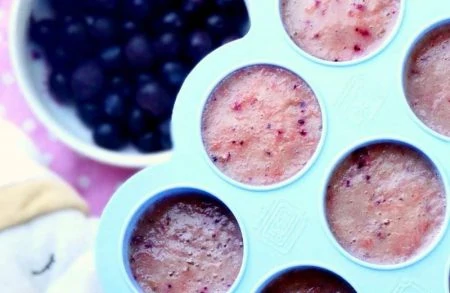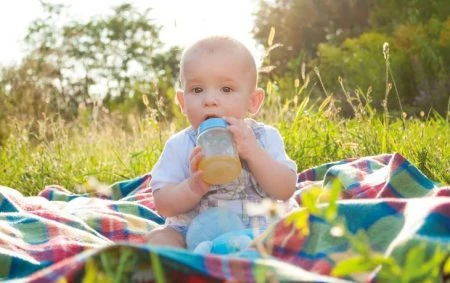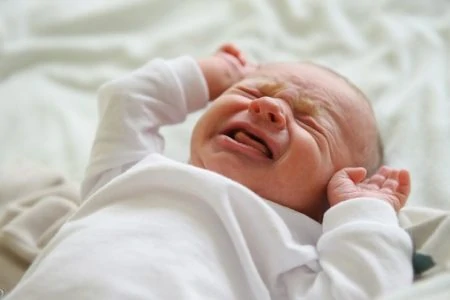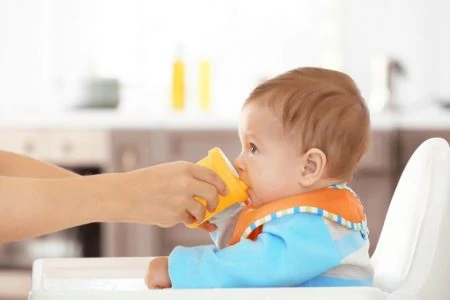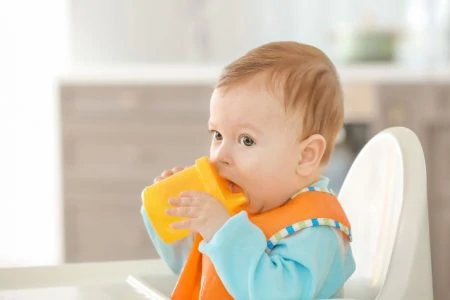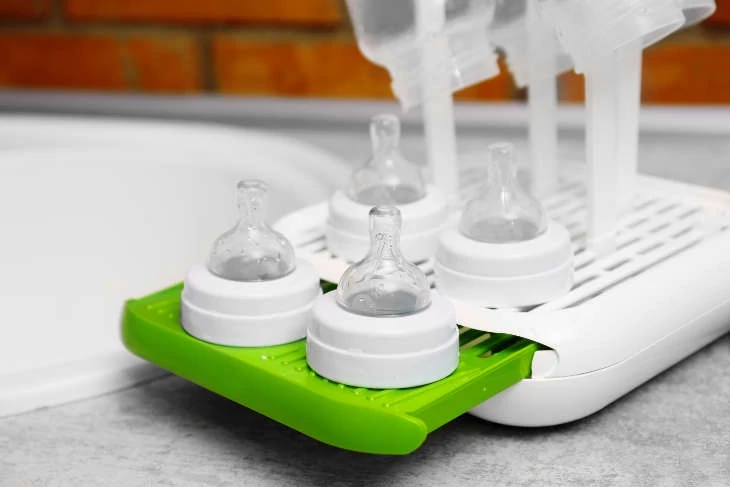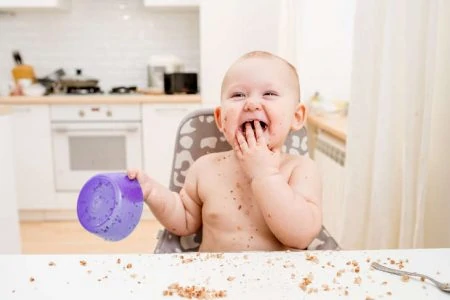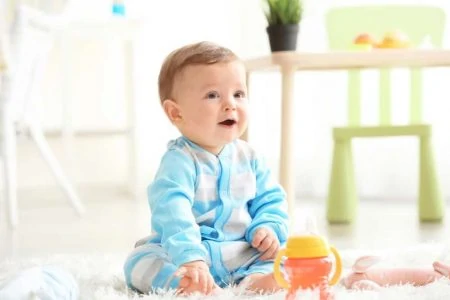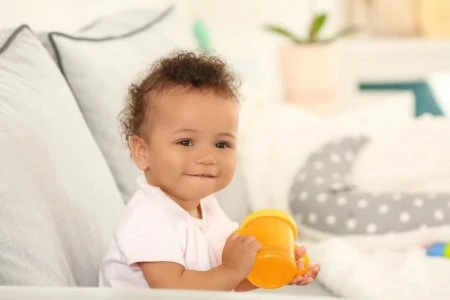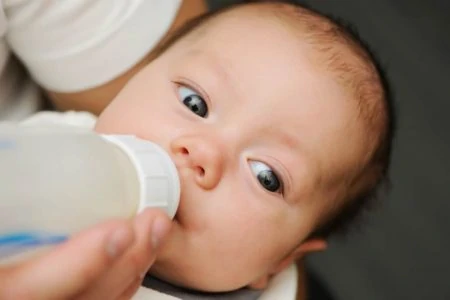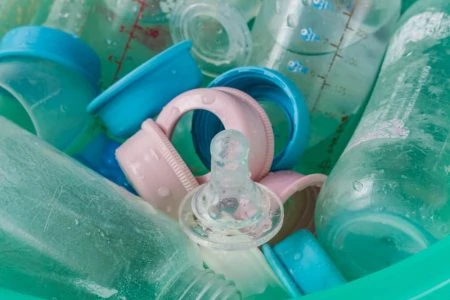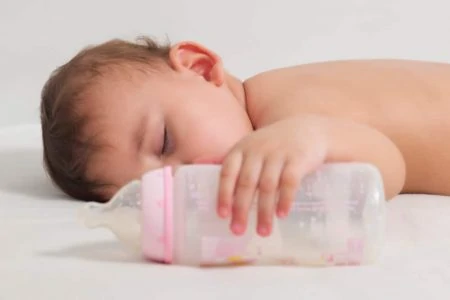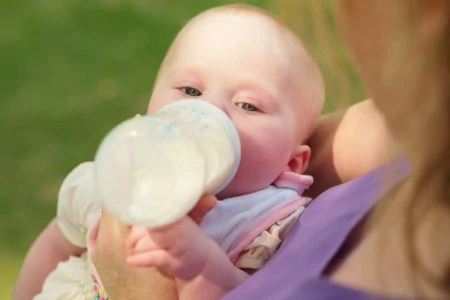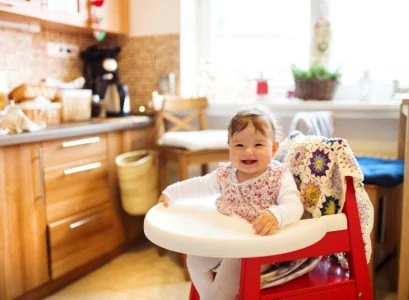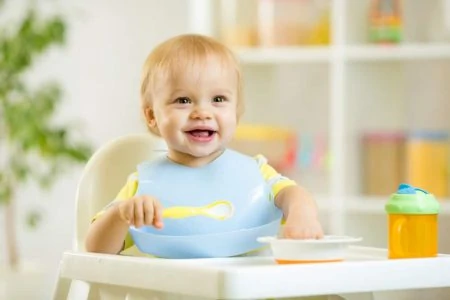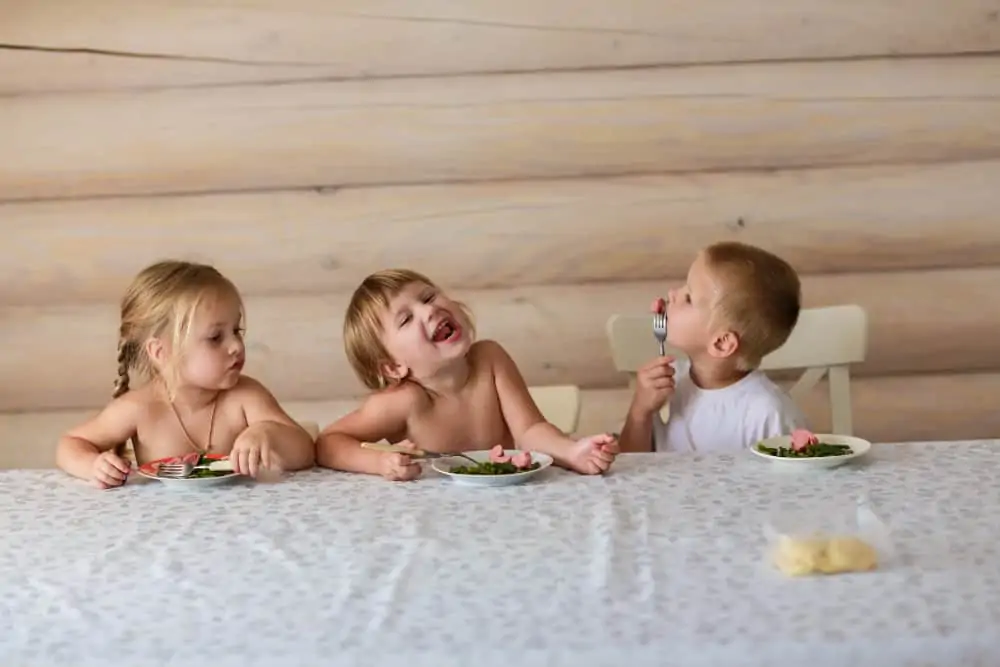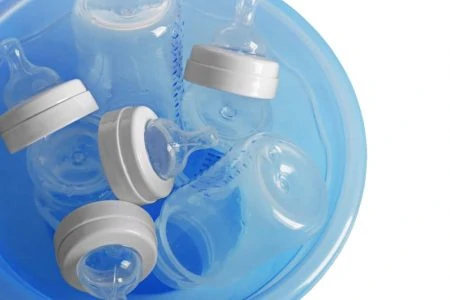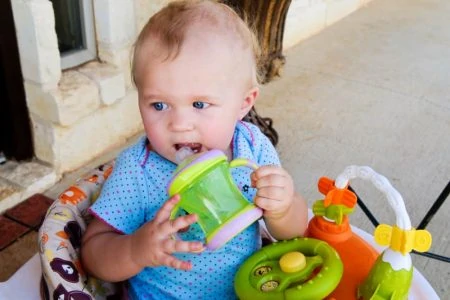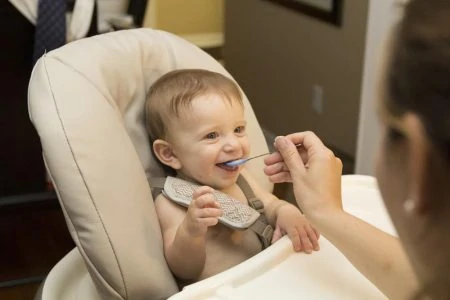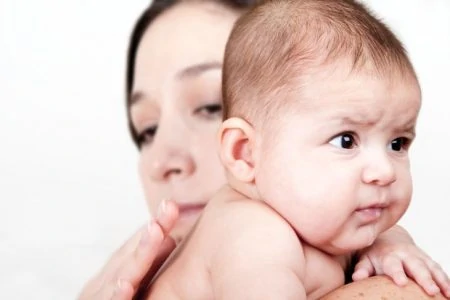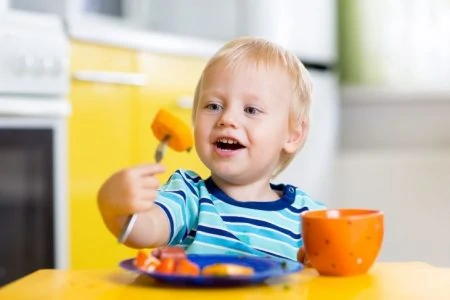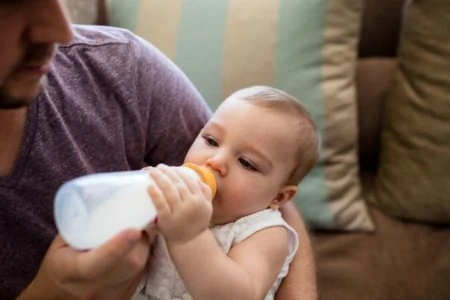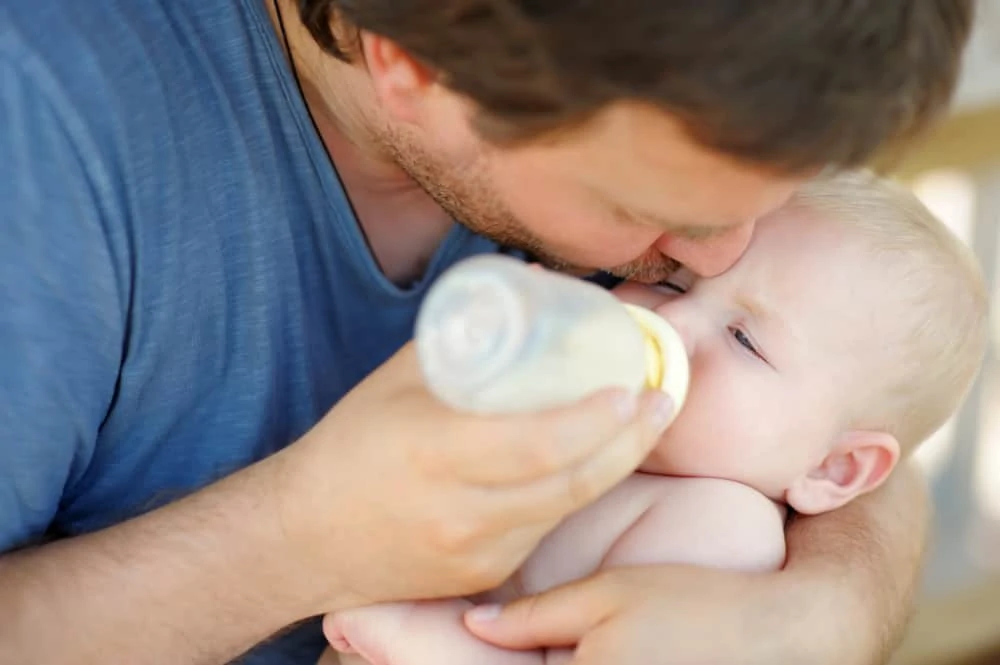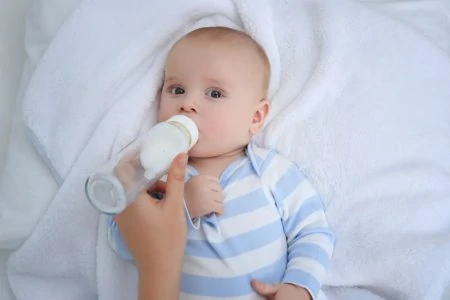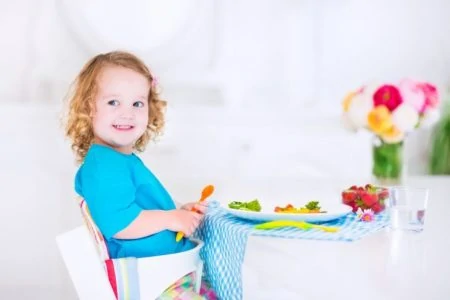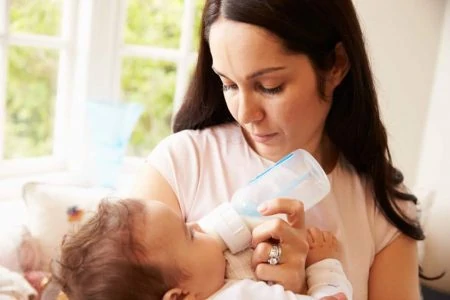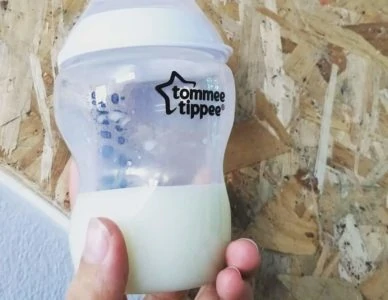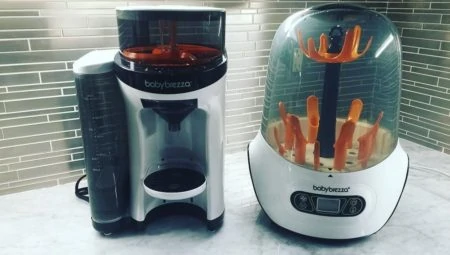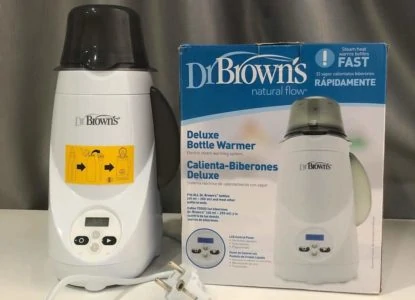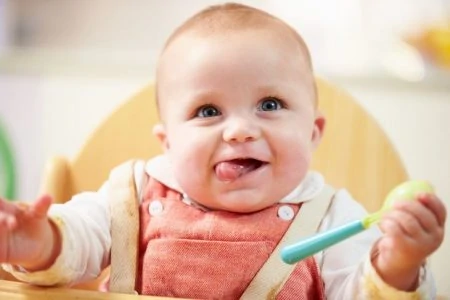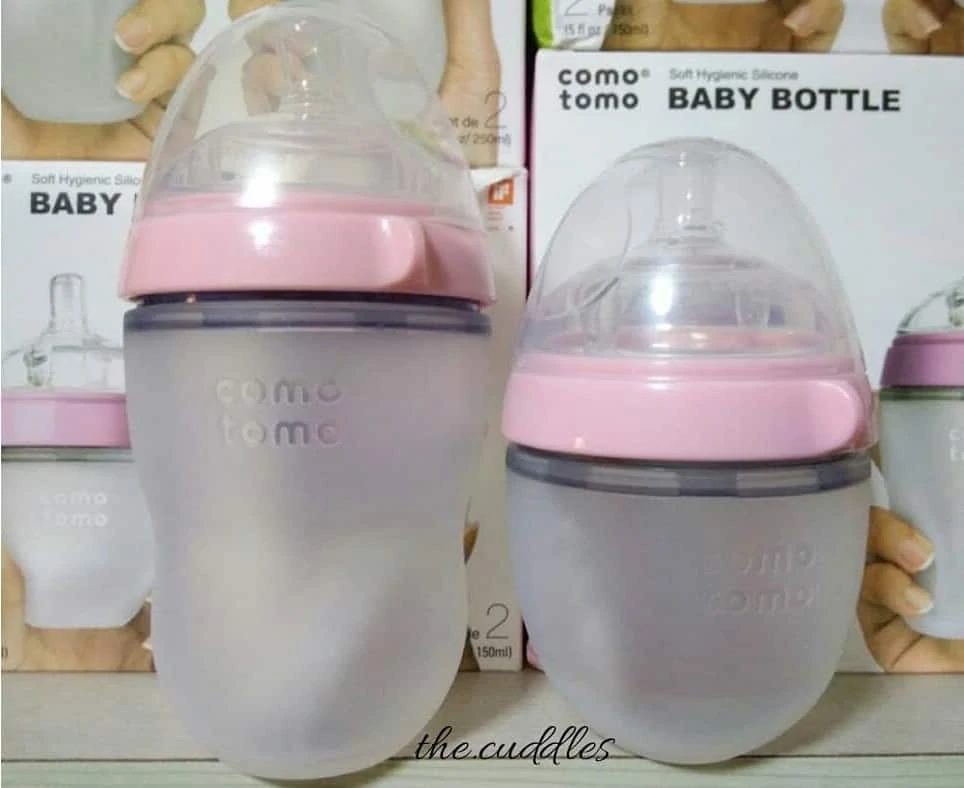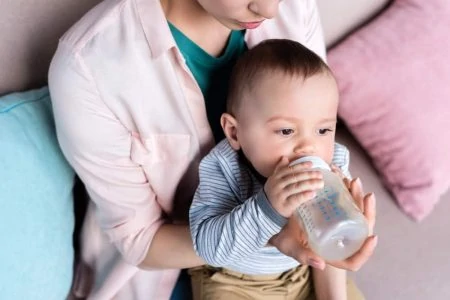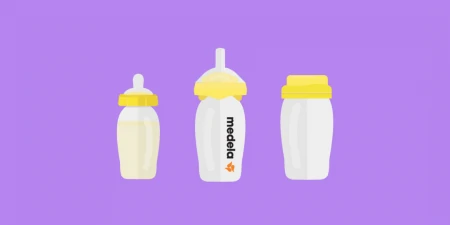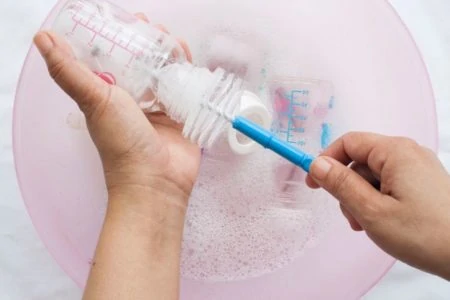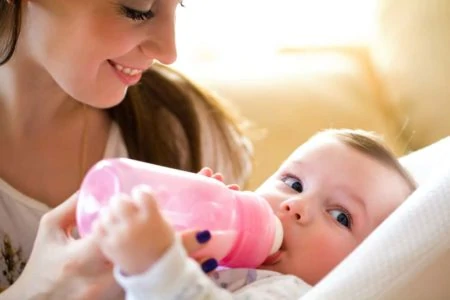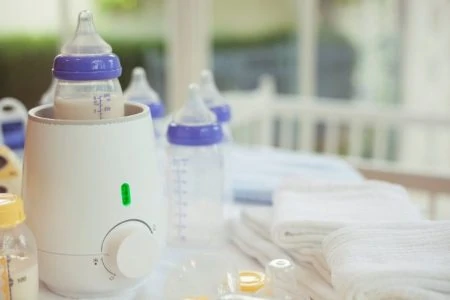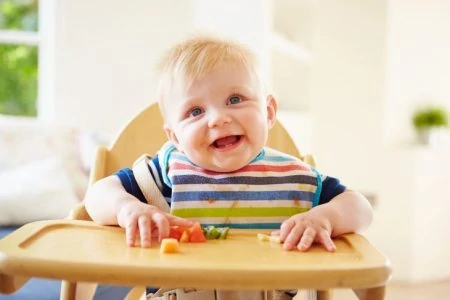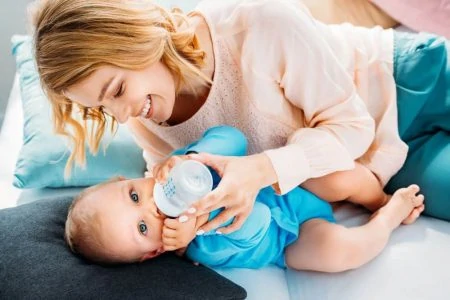Bottle Feeding
Even if you decide to breastfeed, you may want to have bottles on hand.
When you select baby bottles, you may want ones that are shaped like the breast. These may cut down on nipple confusion when your child switches between the bottle and the breast.
Keeping the bottles clean is essential for your baby’s health. You can use an assortment of bottle and nipple brushes to help you keep them clean. You can use a baby bottle sterilizers, or boil them if appropriate for that brand, to keep them germ-free.
Make sure to follow the cleaning instructions from any bottle you purchase.
Ready for Solid Foods?
By the age of 4 to 6 months, many babies are showing an interest in eating solid food and can do so with limitations. Just make sure to keep giving them their breast milk or formula in addition to solid foods.
How will you know if they are ready?
- Are they watching you eat? Are they acting like they want in on the action by opening their mouth or trying to lean in to snatch a bite of your food?
- Are they capable of sitting up with support?
- Can they support the weight of their own head and keep it steady?
- Are they chewing on their hands or toys?
If so, your child may be ready for the joys of solid foods.
Store-Bought or Make Your Own?
If you’re motivated, you can make your own baby food. If you’re not, don’t feel as if you have to play supermom. It’s perfectly fine to use store-bought baby food.
If you make your own, you can start by pureeing something your own family is eating. But you should make sure it is a single-ingredient item for the first introduction so you can watch for any type of negative reaction.
So you don’t have to wash the blender with every meal, make a batch of baby food and then store it properly until you need it. You can store pureed food in reusable pouches or ice cube trays (ones that have lids) and pop them in the freezer. You can also freeze them in freezer-safe containers.
If you decide to make your own, you can find lots of great recipes online or in baby-centered cookbooks. You can also experiment with your own.
Watch For Reactions
It’s best to introduce foods one at a time, waiting for a couple of days in between before adding another new food to see if there are any allergies.
You should also get some fortified cereal you’ll mix with some milk or formula. Serve this with a spoon instead of in the bottle.
As your baby gets older, you can begin introducing foods that aren’t pureed, such as foods you’re eating. Just make sure to chop these foods up extremely well to avoid choking hazards. You can try small pieces of vegetables, softer crackers, pasta, and soft fruits.
Are They Eating Enough?
Your baby will eat what it needs, and it will likely not seem like enough to you. We’re used to oversized adult portions that are generally way more than our bodies need. Your baby is likely to be way more sensible about overeating than you are — they’ll only eat until they are full, not overfull.
Since babies’ stomachs are so small, they’ll eat frequently but not much at one time. Younger babies may not take in much food. For that reason, it might be a good idea to pour half of a jar of baby food in a dish instead of expecting them to eat the whole thing.
If you spoon some of it out, you can refrigerate the untouched portion and use it for a meal later that day. Don’t let your baby’s spoon go in their mouth and then into the baby food jar and expect to reuse what’s left. Once your baby’s saliva enters the jar, any remains must be thrown out immediately if they don’t finish it.
With toddlers, sometimes they can seem quite hungry, and other times, they’ll only eat a few tablespoons of food. It can be frustrating at times but don’t insist that they clean their plates. That will only lead to overeating and unnecessary weight gain.
What Products You’ll Need for Feeding Time
There are quite a few things that will make mealtime easier at your house, including:
- A high-quality high chair: Ideally, your high chair will be easy to clean. If your child goes to a relative or friend’s house for frequent watching, it would be best to buy a high chair that is highly portable.
- Baby bibs that are easy to clean and cover much of your baby’s outfit.
- Baby food makers allow you to cheaply make your own baby food.
- A blender if you’re making your own baby food.
- Baby-safe spoons and forks.
- A sippy cup.
- Small child-safe bowl, plate and placemat.
- A splash mat to contain the mess under the high chair.
